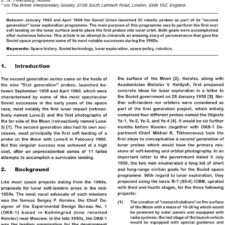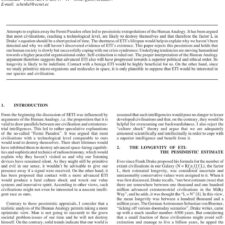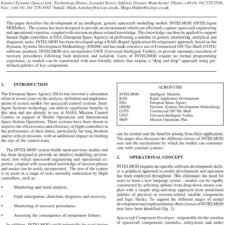A Wide Angle Earth Albedo Sensor For Spacecraft Attitude Determinations
£5.00
A. M. Cruise et al. (1991), JBIS, 44, pp.142-144
Refcode: 1991.44.142
Abstract:
The United Kingdom Spacecraft for the AMPTE (Active Magnetospheric Particle Tracer Experiment) mission was launched on August 16 1984 into an elliptical orbit with apogee 110,000 km and perigee 500 km. The spacecraft which was spin stabilised at 12 rpm was designed under very strict constraints of power and mass to support five instruments sampling the Earth’s plasma environment. The scientific objectives of the mission required that the celestial position of the spin axis be determined to± 1° when the axis was within± 70° of the ecliptic pole, and the spacecraft thermal and power subsystems required rather less accuracy (±_ 5° ) during the early part of the mission when the spin axis lay in the ecliptic plane. The measurement of angles from the spin axis to two celestial bodies was required to reconstitute the spacecraft attitude, one set of sensors determined the angle to the Sun while the sensors to be described here measured the angle from the spin axis to a part of the terminator or limb of the Earth. The angle was determined by timing the transit of the triggering edge of the Earth through fan beam sensors having different inclinations to the spin axis.





